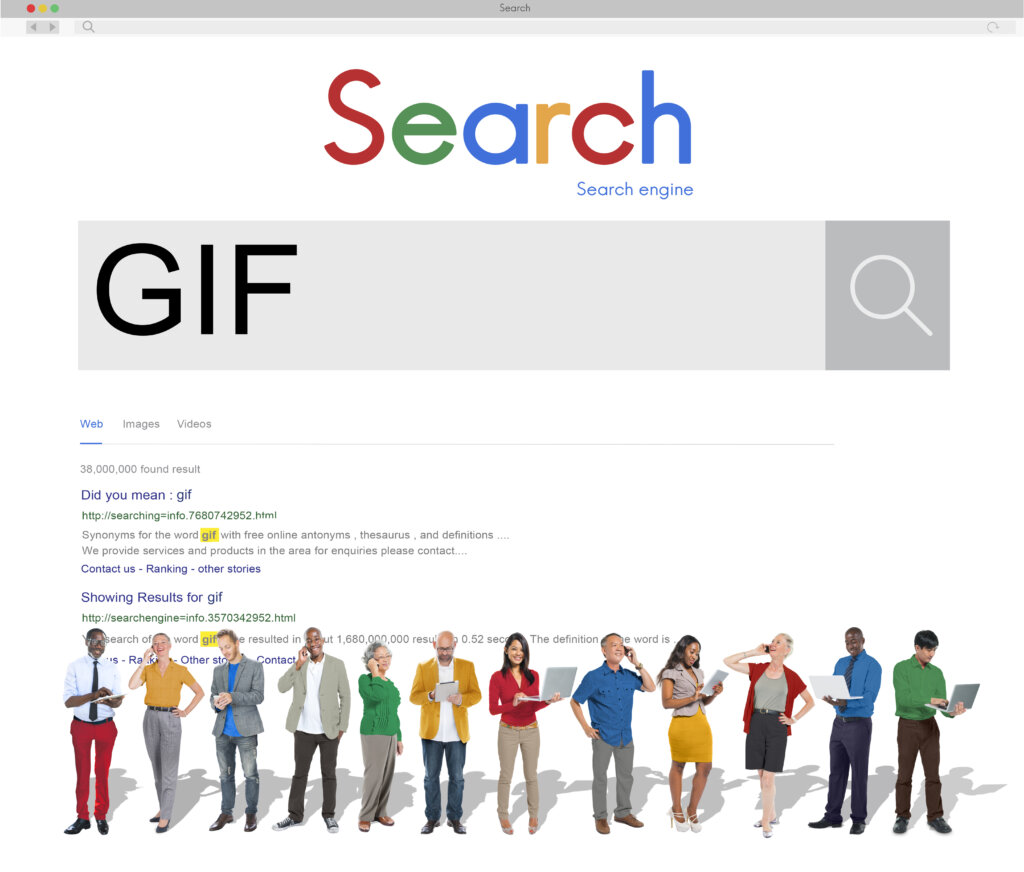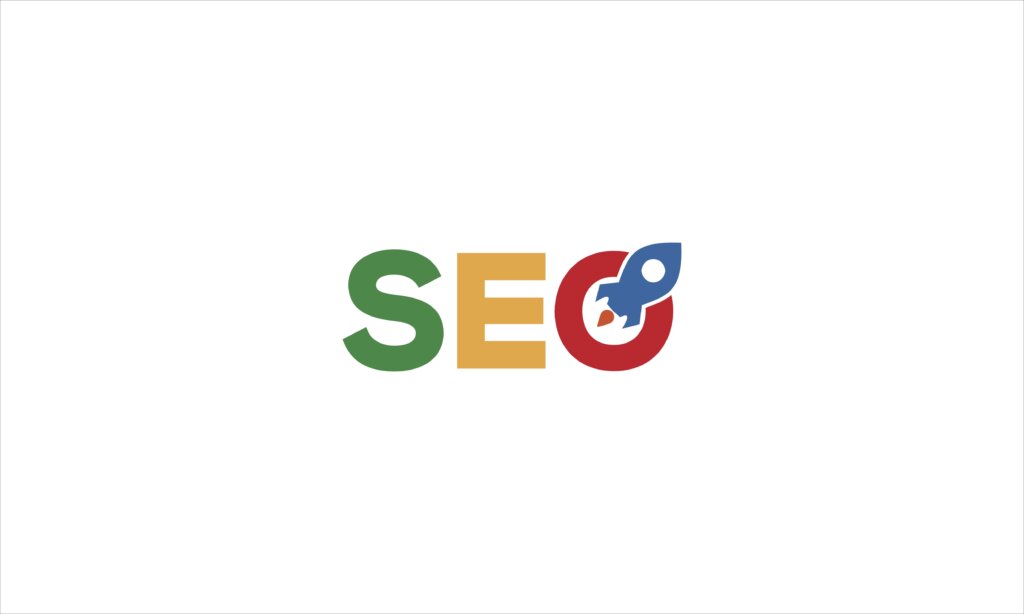Are you looking for quick, easy ways to boost your website’s rankings?
Look no further than your images and GIFs.
Optimizing your visuals can open the door to a whole new world of SEO potential, helping you reach more people without the hassle of complicated techniques.
Not only do optimized visuals enhance your search engine visibility, but they can also improve the overall user experience of your website, adding a special spark to your content that keeps visitors coming back for more.
This article covers simple yet effective best practices for optimizing your visuals to help you reach a greater audience, build authority in your industry and give your website the visibility it deserves.
Whether new to SEO or looking to take your optimization game to the next level, these tips will help you get your website on track and in the spotlight.
The Basics of Image SEO
As websites become more visual, the importance of image optimization for SEO cannot be understated. Images can not only improve user experience, but they can also help search engines better understand the content on a page.
Why Image Optimization is Crucial for Website Ranking
Optimizing images can help improve search engine ranking and make it easier for users to find your website. Search engines consider many factors while ranking a website, including the content’s relevance, page structure, load time, and mobile-friendliness.
Images play a vital role in these factors, from the keywords mentioned in image filenames to properly sized images that load quickly for mobile users.
Key Factors to Consider for Effective Image Optimization
Image File Names
The filename of an image plays a vital role in image optimization. It should be descriptive and keyword-rich to help search engines better understand the content on the page.
Proper Image Size
Image size is an important factor for website load time. Images that are too large can slow the page load time, leading to a poor user experience. It is essential to use proper image size to ensure faster loading times and a better user experience.
Alt Tags
Alt Text is an HTML tag that describes images to help the visually impaired and search engines. Optimize your images with Alt Text that is descriptive and keyword-rich. It contributes to better image recognition and helps in improving search engine ranking.
Best Practices for Image Optimization
Optimizing images for better search engine ranking when using them is important.
Optimizing for Faster Page Load Times
Images that are properly sized and compressed can significantly improve website load time. It is essential to use compression techniques for images to improve load times, especially on mobile devices.
Image Compression Techniques
There are several online and offline image compression tools available. These tools help to compress images without compromising their quality.
Popular online tools include TinyPNG, Optimizilla, and Kraken. Offline tools like Adobe Photoshop, GIMP, and Affinity Photo also offer excellent compression capabilities.
Optimizing your images for SEO is not a complicated process, but it is critical to improving your search engine ranking and providing an optimal user experience. Following best practices like correct image file names, proper sizing, and image compression ensures that search engines can crawl and index images correctly.
Effective image optimization can increase organic traffic, better user experience, and higher conversions. By implementing the tips in this guide, you can boost your website’s ranking and reap the benefits of optimized image SEO.
SEO Optimization for GIFs
GIFs are incredibly effective for enhancing a website’s content and driving user engagement. But did you know that optimizing your GIFs can also boost your website’s search engine rankings?
Advantages of Using GIFs
GIFs are highly effective at grabbing users’ attention, breaking up text-heavy pages, and illustrating complicated ideas visually appealingly.
They can enhance content by adding humor and emotion and improving your website’s overall user experience.
Not only do they increase user engagement, but they can also increase time spent on your website, a crucial metric used by search engines when ranking websites.
The Importance of Naming GIFs with Descriptive Keywords
When naming your GIFs, using a descriptive and relevant file name is important. Name the GIF based on the content or idea it represents, using keywords relevant to the content it’s displayed alongside.
This practice ensures that search engines can effectively pick up your GIFs, improving your website’s overall search rankings.
Including Alt Text with Your GIFs
Include alt text with your GIFS to provide a text-based description of the visual content to enhance the accessibility and the user experience.
Search engines can also index and rank GIFs when alt text is available. Use descriptive and relevant alt text to ensure that search engines can understand and effectively use the content on your website.
Tips for Compressing GIFs While Maintaining Quality
GIFs can be bulky and slow to load, which is not ideal for website performance. To avoid these pitfalls, use compression tools to convert high-quality GIFs into smaller file sizes.
Ideally, a web-optimized GIF should not be more than 1MB in size. Some popular tools for compressing GIFs include Giphy, EZGIF, and HandBrake. These tools compress GIFs while maintaining quality and can be used for online and offline compression.
Using a CDN for Faster Loading Times
Content Delivery Networks (CDN) can distribute your images and GIFs across various networks and servers. This process speeds up load times and improves user experience.
Using a CDN allows your GIFs to be loaded from a server nearest to the user, reducing load times and optimizing overall performance.
Placing GIFs Within Website Content
The placement of your GIFs is just as important as the optimization process. You must place GIFs in relevant website content sections to optimize their impact.
Also, use GIFs to break up large blocks of text and create a more engaging user experience. Placing GIFs appropriately can improve user engagement, lower bounce rates, and increase page time.
Tools for Optimizing GIFs for SEO
There are plenty of tools designed for optimizing and enhancing your GIFs. Some popular choices include:
-Giphy for creating and optimizing GIFs
-EZGIF for compressing and optimizing
-Giftoaster for conversion of video files to GIFs
-HandBrake for offline compression and optimization of GIF files
Conclusion
Optimizing images and GIFs for SEO can significantly impact your website’s search ranking, enhance the user experience, and even reduce bandwidth costs. Incorporating the best practices mentioned in this article will improve your website’s overall performance and ensure better search engine visibility.
Are you ready to boost your SEO and improve your website’s user experience? Start optimizing your images and GIFs today using the best practices outlined in this article!
About The Author
Jana Legaspi
Jana Legaspi is a seasoned content creator, blogger, and PR specialist with over 5 years of experience in the multimedia field. With a sharp eye for detail and a passion for storytelling, Jana has successfully crafted engaging content across various platforms, from social media to websites and beyond. Her diverse skill set allows her to seamlessly navigate the ever-changing digital landscape, consistently delivering quality content that resonates with audiences.






